Two ultra-luxurious private jets were damaged in a rare collision that took place at Kahului Airport late on Friday that was caused by extreme wind gusts. Officials are investigating the incident while addressing broader safety concerns tied to Maui’s rapidly changing tradewinds the last few days. Gusts were 60 mph, and heavy rains even closed schools. Here’s what we know so far.
What happened at Kahului Airport on Maui.
Late on Friday, severe high winds at Kahului pushed two parked private jets into each other, significantly damaging the aircraft. The state-of-the-art planes involved were identified as a Dassault Falcon 8X and a Bombardier Global 7500—both very-long-range jets commonly used for Hawaii private jet travel and charter flights.
No injuries were reported since the planes were unoccupied during the collision. The incident coincided with other disruptions at the airport, including flight delays and cancellations for some flights and other issues, highlighting the impact adverse weather conditions can have on civil aviation in Hawaii.
Private jets are typically secured on tarmacs using industry-wide practices to ensure safety during wind events. These include wheel chocks to prevent rolling, control locks to stabilize aircraft surfaces, and tie-down anchors where necessary. Heavier jets, like those involved in this incident, often rely on their substantial weight and parking brakes but can still be vulnerable in extreme wind. It remains unclear whether additional precautions were in place at Kahului Airport, or the direction in which the planes faced during the high winds, that resulted in the collision.
Thus far, it remains unclear whether the Falcon 8X and Global 7500 owners are corporate entities, charter operators, or private individuals.
Meet the aircraft.
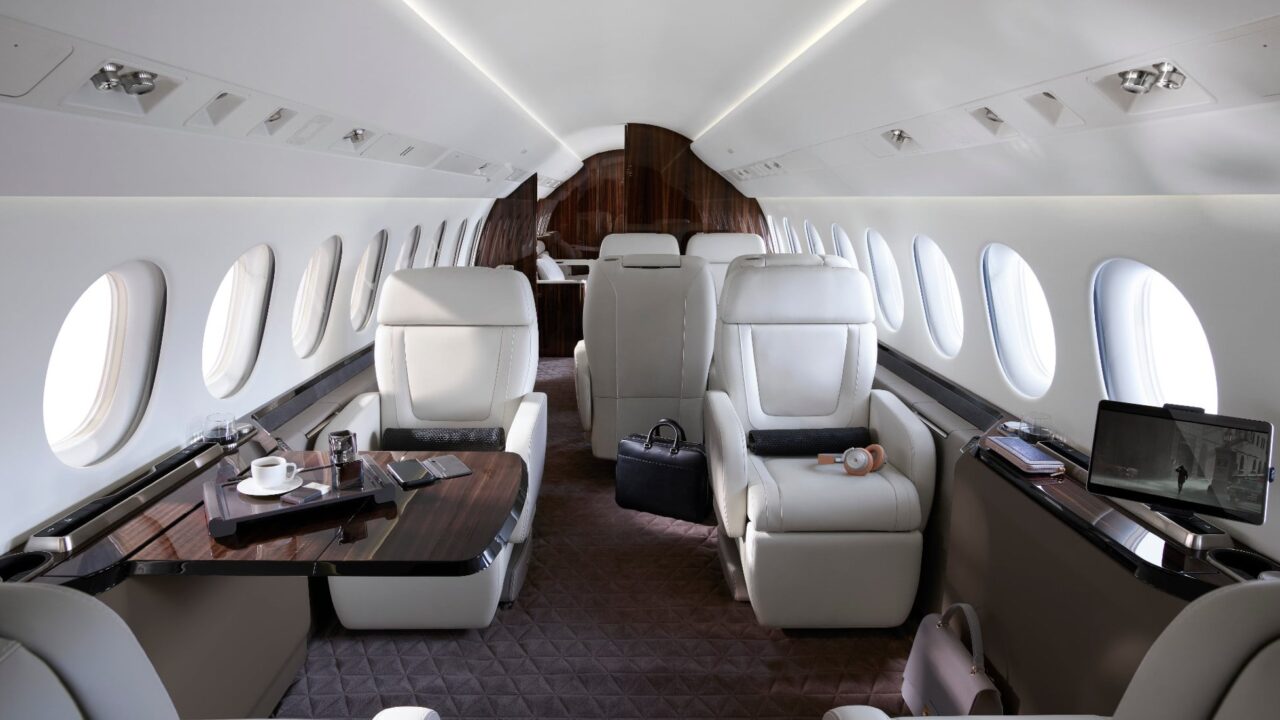

The Dassault Falcon 8X is a tri-engine jet acclaimed for its range of 6,450 nautical miles and its luxurious cabin accommodating up to 16 passengers. With a sleek design and advanced avionics, the Falcon 8X is one of the favorite picks for private and corporate high-net-worth Hawaii visitors seeking luxury, comfort, and efficiency.
This aircraft typically comes with a price tag of about $60 million and is one of the most sought-after in its class. Notable users include actor Tom Cruise, who reportedly used this type of plane for repeated flights between Los Angeles and London.
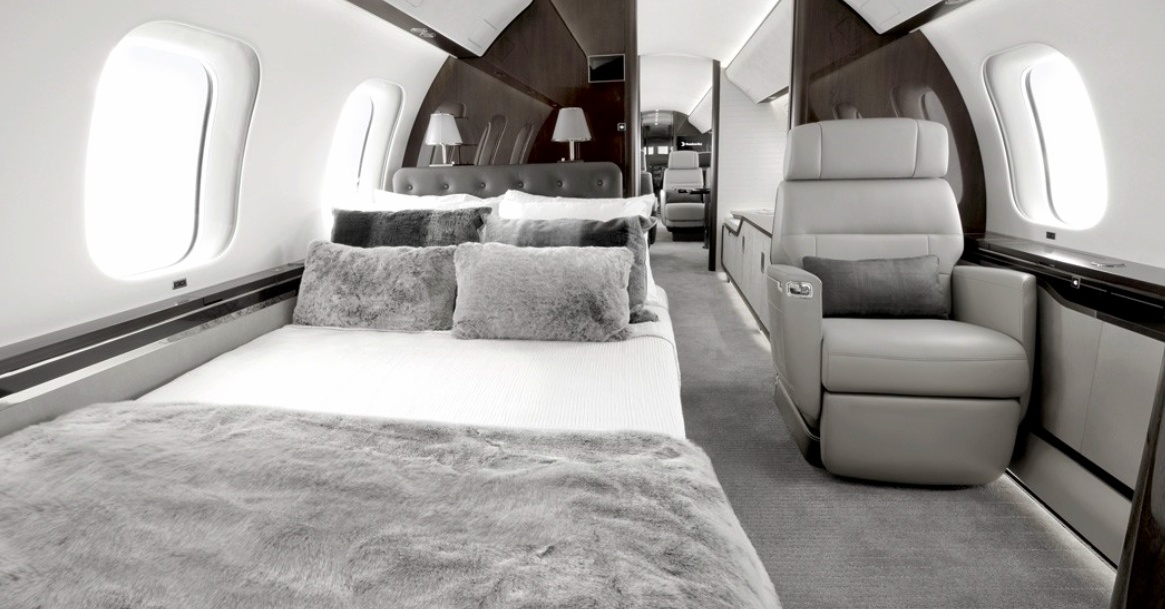

The Bombardier Global 7500, with an even greater 7,700-nautical-mile range, is at the pinnacle of private jet travel. It features a spacious cabin accommodating up to 19 passengers and virtually unlimited customization choices. It’s a top pick for those who fly non-stop between the most distant destinations and Hawaii. This plane has a price tag of about $75 million, reflecting its prestige and capabilities. Famous users include Matt Damon, Beyonce, Jay-Z, and Kylie Jenner.
Weather’s role in this incident.
Hawaii’s airports are accustomed to high winds, although the intensity of the gusts on Friday caused multiple operational challenges at OGG. While commercial jets are typically better secured via more robust systems, private jets parked on the tarmac can become more vulnerable to sudden gusts such as occurred.
Maui Airport officials have not disclosed whether any new safety measures might be implemented following the incident. However, when $150 million in jets are damaged, it might speak to securing all aircraft during adverse weather, particularly on Maui, where trade wind gusts can unexpectedly intensify.
Hawaii’s weather is highly dynamic due to its unique location and geography. Situated in the middle of the Pacific, the islands are heavily influenced by surrounding water and typically northeast trade winds. The winds bring moisture that interacts with Hawaii’s mountains, creating distinct microclimates. Tropical systems and seasonal changes contribute to Hawaii’s ever-changing weather, where conditions can shift dramatically within a short time or distance.
A closer look at private jet travel in Hawaii.
Private aviation has seen a huge uptick in Hawaii, with affluent travelers favoring it for convenience and exclusivity. It is not unusual to see many private jets parked at OGG. Both the Falcon 8X and Global 7500 are commonly operated by a range of charter companies, individuals, and companies, underscoring the importance of these jets in Hawaii’s complex travel ecosystem.
Incidents like this raise questions about how airports can better prepare for extreme weather in Hawaii to protect all aircraft, including those catering to luxury travel.
Let us know your thoughts. Should more stringent measures be implemented to prevent such incidents?
Get Breaking Hawaii Travel News
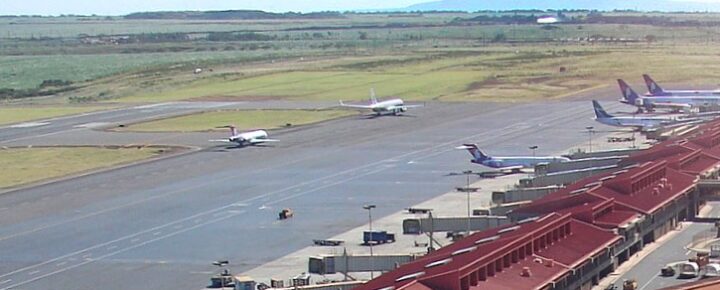
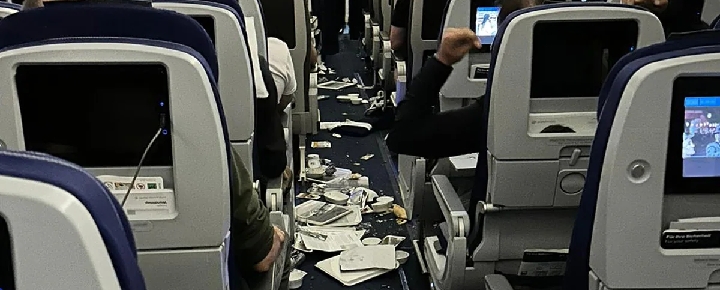
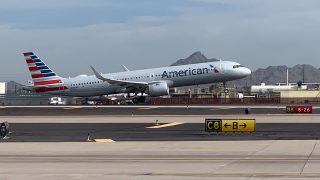
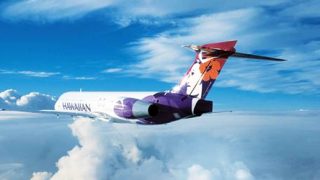
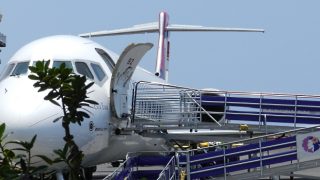
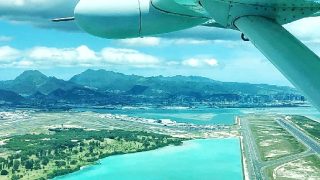
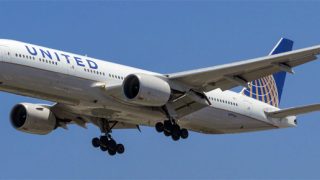
Thank You, Beat of Hawaii, for informing us of many air-travel related stories that are Not being reported elsewhere !
Hi John.
Thanks so much! We appreciate your more than 100 comments to date.
Aloha.
If climate change was something mankind could modify, it would ban private jets, and make the uber-rich fly commercial. They dictate to us every aspect of our behavior, with no modification on their jets or yatchs.
Hawaii’s centralized approach to airport management might not be flexible and thorough enough for situations like this. Would having an independent authority have prevented this collision?
This incident highlights how Hawaii’s lack of an independent airport authority could impact operations and safety protocols. It’s time to consider whether a dedicated agency could handle these situations better
I hope the Hawaii DOT uses this as a wake-up call to investigate and to strengthen protocols for securing private jets. Extreme weather isn’t going away here anytime soon. Yikes.
Does Hawaii’s DOT have specific guidelines for securing private jet aircraft during high winds? It seems like an important area for review given the frequency of strong gusts in the islands.
It’s not just about the 60 mph wind—it’s about being prepared for it. Hopefully, this incident leads to better procedures for securing private planes in Hawaii. You see a lot of these parked at that airport.
I wonder if these private jets were parked too close together. It seems like there might be more to this story than just the wind.
I’d be curious to know how often private jets face issues like this globally. Is Hawaii’s weather the real issue, or were these jets not secured properly at OGG?
With the cost of these jets, you’d think they’d be tethered more securely. It seems like such a preventable accident! Hawaii DOT?
It’s not every day you hear about a Falcon 8X and a Global 7500 in the same sentence—let alone in a tarmac collision. That’s nuts. What a costly accident! Something went wrong.
The thought of two jets worth 150 million colliding is mind-boggling. How were these planes secured during extreme conditions.
It’s fascinating how high winds can cause such damage, even to these massive jets. It makes me wonder if additional safety measures might be necessary for airports in windy locations like Maui.
I am a private pilot. My home airport frequently has winds/wind gusts in the 50+ mph range. When they are forecast, the airport asks pilots to park their planes facing into the wind. The article does not say how the 2 jets were parked (Google Earth shows planes on OGG’s general aviation ramp parked both parallel and perpendicular to the runway) but, if they were perpendicular to the wind, then the wind would push against their large tail surfaces, moving the planes.